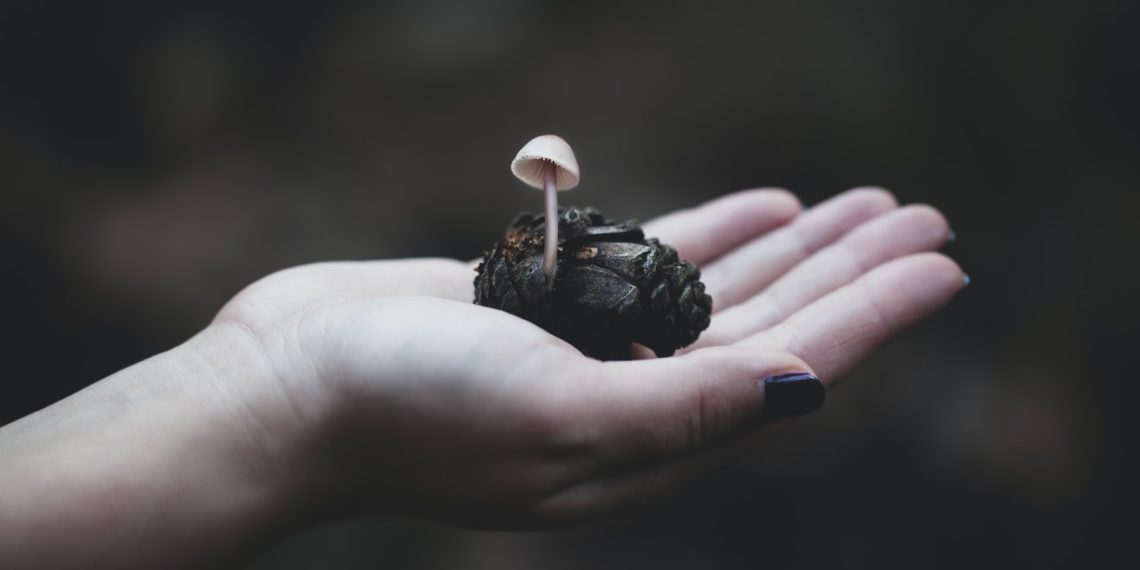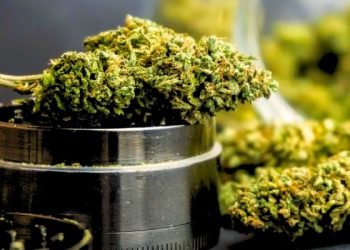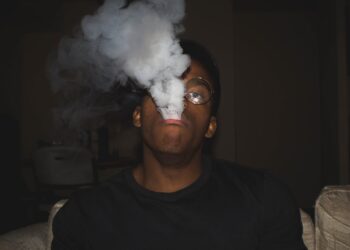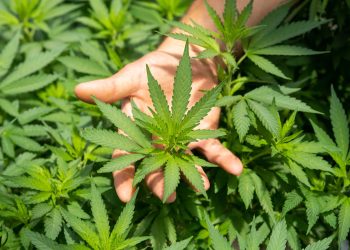Penis Envy mushrooms are among the world’s most well-known and contentious mushrooms. Many consider them the most potent strain of Psilocybe cubensis currently known.
Penis Envy is one of the hundreds of strains in the larger Psilocybe cubensis species. P. cubensis is only one of over 200 species of hallucinogenic mushrooms.
Here, we’ll look at what makes this strain so popular, delving into the strange history and legend surrounding this mushroom and offering advice on where to get Penis Envy spores and how to produce them at home.
What Are Penis Envy Mushrooms?
Contents
Penis Envy mushrooms (PE) are a very psychedelic Psilocybe cubensis strain.
The Penis Envy mushroom’s most remarkable feature is its extreme potency. The average Penis Envy mushroom at the 2021 Psilocybin Cup (sponsored by Oakland Hyphae) has anywhere from 50 to 100 percent more psilocybin than the typical Psilocybe cubensis strain. Only one sample from the Tidal Wave strain showed greater psilocybin levels. Tidal Wave is a hybrid of B+ and Penis Envy genetics.
This breed is also noteworthy for its unusual phallic form. Penis Envy mushrooms have a cap that stays near the stem, which is thicker than typical, giving the mushrooms the appearance of a circumcised penis.
There are now dozens of varieties and offshoots of the original Penis Envy cultivar.
Penis Envy Specs:
| Potency | Very Potent |
| Cultivation | Intermediate |
| Species | Psilocybe cubensis |
| Cost | $$ |
| Sold By | Fungus Head |
What Is the Difference Between Strains and Species?
A strain is a genetic sample that creates a collection of features or characteristics that are observable and reproducible. Two strains of the same species show distinct variances in their development patterns and chemical composition.
A species is a group of creatures with the same genetic makeup.
When two samples of the same species exhibit distinct phenotypic characteristics yet are genetically identical, the term “strains” is employed. Rather than variances in the DNA, differences in growth patterns and chemical makeup are the product of epigenetic responses to the environment (which would make each sample a distinct species).
Strains can be found across the plant and fungus kingdoms, but they are especially abundant in species that humans widely use.
Psilocybe cubensis has hundreds of unique strains, each distinguished by slight phenotypic differences (different chemical and physical growth characteristics). Some strains have more psilocin, while others include more psilocybin, and several evoke distinct growth characteristics (such as albinoism, stem size, cap size, disease resistance, etc.).
The Mysterious History of the Penis Envy Mushroom
Its origins are shrouded in mystery and controversy.
Many believe Terence McKenna took the original Penis Envy sample in the Colombian Amazon in the 1970s.
According to Hamilton Morris, a spore print of the mushroom made its way from McKenna’s collection to Steven Pollock. Pollock bred the strain into Penis Envy. Morris’s description of the fungus and its psychoactive characteristics led to its appeal today.
The narrative becomes interesting here: Pollock died under incredibly odd circumstances. In 1981, he was supposedly shot in the head and robbed in his San Antonio pharmacy. Morris said in Harper’s Magazine that he was able to obtain a tape recording involving two suspected police officers who were engaged in Pollock’s murder.
Two methamphetamine users who were allegedly Pollock’s customers were listed as suspects, but all evidence in the case was destroyed.
After his death, police burned 1,753 jars of hallucinogenic fungi in Pollock’s greenhouse. After Pollock’s death, a Penis Envy sample reached Washington mycologist Rich Gee (Richard Guitierrez). Gee cloned the fungus and sent the spores to U.S. producers. Penis Envy is readily available in the U.S., Canada, and Europe.
The story’s veracity is unclear.
A follow-up interview with Rich Gee claims he got the first sample of Penis Envy mushroom spores from Jules Stevens, a co-author of Gee’s book How to Identify and Grow Psilocybin Mushrooms. Stevens’ sample came from a buddy who acquired it from McKenna.
Gee utilized selective breeding to strengthen the strain by only propagating blueing-reactive samples (an indicator of psilocybin content in magic mushrooms).
Gee credits a 1977 encounter with strippers for the strain’s name. Strippers said Gee’s “Amazons” looked like “donkey dongs.” “Do you have penis envy?” Gee asked.
This can’t be confirmed. While Gee is a talented mycologist, some of his other assertions render his reports questionable (in the same interview, Gee claims to have telekinetic powers and the ability to communicate with animals).
Where Can I Get Penis Envy Spores?
Most magic mushroom spore sellers carry Penis Envy, one of the world’s most popular and bestselling mushroom strains, on par with other famous strains like Golden Teacher.
If you live in the United States, look into vendors such as Fungushead.
How to Grow Penis Envy
Penis Envy mushrooms aren’t the easiest to grow, but most folks with a few growing under their belt will be able to cultivate this strain with ease.
When choosing desired features, there is always a tradeoff. Penis Envy mushrooms are potent, although they are less resistant to contamination, have a higher abort rate, and colonize their substrate 20% slower than famous “beginning” strains such as Golden Teachers.
When growing these mushrooms, you should be cautious about cleanliness and contamination and give them a few extra days to colonize before placing them into the fruiting chamber.
All substrates, including brown rice flour and vermiculite (BRF tek), rye grain, wild bird seed, and dung, support the growth of Penis Envy.
Penis Envy Mushroom Strain: Final Thoughts
Penis Envy is one of the most popular mushroom strains in the world, and for a good reason: it’s up to 100% stronger than most other strains. They also have the appearance of a penis, with little caps staying near to a stout (and occasionally fairly lengthy) stem.
The origins of this mushroom are unknown and hotly discussed. However, the prevailing hypothesis is that it originated in the Colombian Amazon from a Terence McKenna stock sample, which either Rich Gee or Steven Pollock later developed.










